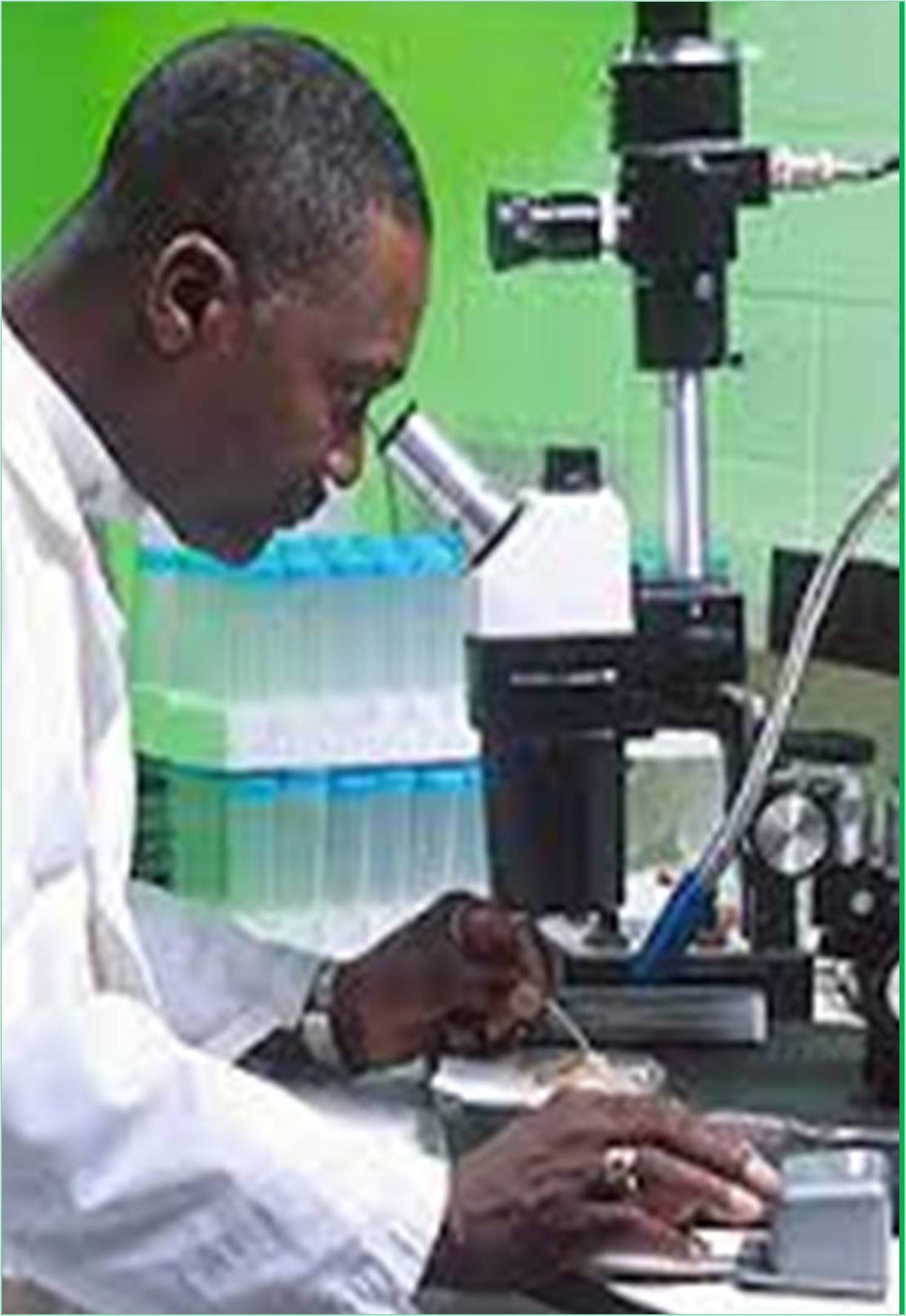



Received: 06-Jul-2022, Manuscript No. GJMR-22-71649; Editor assigned: 11-Jul-2022, Pre QC No. GJMR-22-71649 (PQ); Reviewed: 26-Jul-2022, QC No. GJMR-22-71649; Revised: 05-Aug-2022, Manuscript No. GJMR-22-71649 (R); Published: 12-Aug-2022, DOI: 10.15651/2449-1799.22.10.416
Numerous studies have shown the importance of endophytic bacteria for the development and strength of plants with application to agriculture. The composition, diversity, and interactions of endophytic bacterial communities in plants battling for survival in Chile's most severe environments such as the Atacama Desert and Patagonia, are to our knowledge, poorly understood. The analysis and comparison of the endophyte bacterial communities that were present on the roots and leaves of typical plants adapted to Chile's severe environments. The plants that were sampled were Distichlis spicate, Pluchea absinthioides, Gaultheria mucronata, and Hieracium pilosella from the AD and PAT, respectively. Quantitative PCR and high-throughput 16S rRNA sequencing were used to measure the quantity and make up of their endophyte bacterial communities, respectively.
Results showed that as compared to plants from AD, those from PAT had a higher abundance of 16S rRNA genes. P. absinthioides was shown to have more bacterial diversity in the AD than D. spicata, as measured by the Shannon index. The higher relative abundances of endophytes in both habitats were mostly related to the phyla. Actinobacteria and Bacteroidetes, Our findings that the majority of operational taxonomic units were not shared between tissue samples from various plant species in both locations indicated that plant genotype may have an impact on bacterial endophyte communities in Chile's extreme environments. Our linear discriminant analysis indicated that Bacillaceae and Enterobacteriacea may be keystone taxa in these communities.
Plant growth-promoting endophytes are the capacity of different rhizobacteria to promote plant growth has been studied. They differ from biocontrol strains in that they improve the cycling of nutrients and minerals including nitrogen, phosphate, and other nutrients to increase plant development rather than necessarily inhibiting diseases. By employing a lot of the same mechanisms, endophytes also stimulate plant development. These have the ability to solubilize phosphate, produce in dole acetic acid, and manufacture a siderophor. Furthermore, endophyte microorganisms give plants vital vitamins. Further, numerous other positive effects on plant development involve osmotic stress, which endophytes have been implicated in alterations, stomata control, and root modification morphology, increased mineral absorption, and alteration of nitrogen metabolism and buildup. The recent locations where these bacterial plant-growth promoting endophytes are used are the emerging regions of the world where endophytes are used for regrowth of trees and phytoremediation of soils that are tainted. Entophytic bacteria can reduce or lessen the harmful effects of specific pathogenic organisms. The benefits that bacteria endophytes provide on their host plant appear to take parallel courses equipment as mentioned for bacteria linked to the rhizosphere. These mechanisms have undergone a thorough review. Or more recently, by Compant and Gray & Smith. Diseases that have a bacterial, viral, fungal, or in some cases, damage brought on by nematodes and flies be decreased after an earlier endophyte injection.
Some endophyte bacteria are thought to be the cause of the condition known as induced systemic resistance. Comparable in phenotype to systemic acquired resistance when a pathogen first infects a plant, plants will favourable engage their defence mechanisms in response. This is especially true when the pathogen causes a hypersensitive reaction, which limits the virus's ability to spread to nearby brown dried necrotic lesions. ISR is efficient against a variety of diseases, but it differs from SAR in that the bacterium that triggers it doesn't produce any outward signs of disease on the host plant.